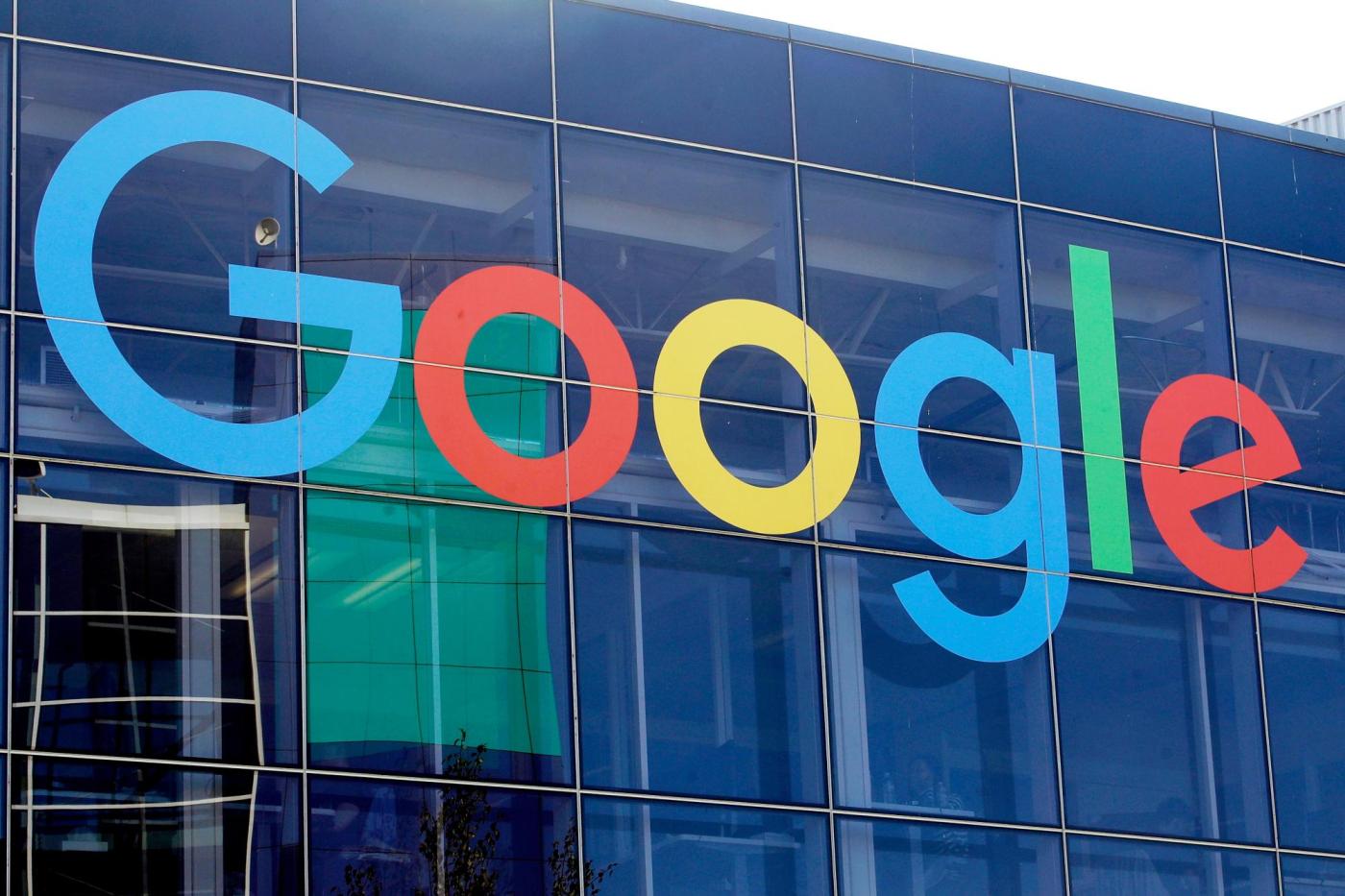
An East Bay Democrat in the state Legislature announced the details Wednesday of a hard-fought partnership between California and Google to kick financial assistance toward the state’s news media, an industry that shrunk dramatically in the digital age.
But critics including a former state senator say the agreement falls short of earlier proposals that would have forced Google and other tech giants to pay newspaper publishers for using their content or harvesting data.
State Assemblymember Buffy Wicks, a Democrat representing Oakland and Richmond, announced on Wednesday the creation of the California Civic Media Fund. The partnership between news media, Google and philanthropists would dole out a mix of public and private funds to media outlets. It would also fund an artificial intelligence “innovation accelerator” to develop tools for newsrooms, a spokesperson for Wicks said.
The agreement has the blessing of California Gov. Gavin Newsom. Last year, Google launched an intense, $10.7 million lobbying effort to derail lawmakers’ plans to regulate tech giants and divert proceedings to the struggling news industry, Cal Matters reported.
So far, the partnership involves much less funding for newsrooms than Wicks, Google and Newsom originally intended when they reached an initial agreement in August.
Google’s parent company Alphabet has agreed to contribute at least $10 million for the project’s first year. The tech giant, which has a market capitalization of $2.05 trillion, may pitch in “additional matching dollars if more public, private or philanthropic money is raised,” Wicks’ office said in a news release.
Alphabet also said it will continue funding other programs including the Google News Initiative. Last year, the company threatened to axe the program as lawmakers attempted to regulate the company, Axios reported.
The new agreement is far short of Google’s pledge in August to contribute $250 million to the fund over five years, along with the AI accelerator. However, the company could contribute more in future years.
Newsom has also reduced the state’s share to the media fund. The governor last week slashed proposed funding for the journalism fund from $30 million to $10 million for the 2025-25 fiscal year that starts in July. The cut came after Newsom’s office said California faces a $12 billion deficit that it blamed on President Donald Trump’s tariffs and spending on Medi-Cal. California lawmakers, a majority of whom are Democrats, must sign off on the allocation.
Erin Ivie, a spokesperson for Wicks, said in an email Wednesday that the media fund is a “good start.”
“We’re focused on what’s possible, and right now that means securing real support for newsrooms, even if it’s not everything we’d hoped for in past proposals,” she said. “Something is better than nothing, and this approach lays the groundwork for even stronger investments ahead.”
“We appreciate the leadership of Governor Newsom and Assemblymember Wicks in fulfilling the framework established last year,” Jaffer Zaidi, vice president of global news partnerships at Alphabet, said in a statement. “We’re committed to its success, and based on the agreement, we’re pleased to match the state of California’s initial contribution to the Civic Media Fund.”
Last year, Wicks had introduced AB 886, the Journalism Preservation Act, which she modeled on laws in Canada and Australia that require the tech giants to pay news organizations. Former East Bay Sen. Steve Glazer, who recently left office, had introduced SB 1327, which would have supported media outlets through a tax on gathering user data.
Technology companies vigorously opposed the legislation, which the industry policy coalition Chamber of Progress called a “link-tax-funded news bailout.”
Publishers countered that dominant online platforms, especially those of Google and Meta, use news content and divert advertising revenue from news publications, with most searches ending at the results page with answers snipped from online news articles that don’t require clicking through to news websites. When readers do click through to publisher’s websites, they said, Google’s control of digital advertising technology means it gets most of that money, too.
Glazer told Bay Area News Group Wednesday that his proposal would have given California newsrooms a $500 million windfall each year in the form of a tax credit.
In a text, he called the new agreement “a 1% solution that will do little to arrest the massive decline of independent local news reporting in California.”
“The long term solution to resurrecting local news is making the tech platform financially mitigate the damage they have done to news advertising,” he said. “They have acquired individualized data from Californians without compensation and used this info to steal ad dollars that have sustained news outlets for a hundred years.”
Chuck Champion, president of the California News Publishers Association, declined to comment on the record.
The media fund will be administered by the California State Library with a nine-person advisory board representing newspaper publishers, media associations, the state library and the Media Guild of the West, a union that represents newsroom staff.
Glazer said the media fund would apparently be overseen by the California State Librarian, who is appointed by the governor. That could open the door to “political influence” in how the money is spent, he said.
Anthony York, a consultant and former spokesperson for Newsom, helped hammer out the agreement to establish the media fund. He said the funding approval process could be tweaked in response to concerns about political interference.
“We’re open to having more checks — the idea was having public oversight over public dollars,” York said.
The agreement in August had called for the the UC Berkeley Graduate School of Journalism to administer the fund. It’s unclear why the California State Library will run the project instead of the school; York said he wasn’t sure, and Wicks’ office didn’t say.